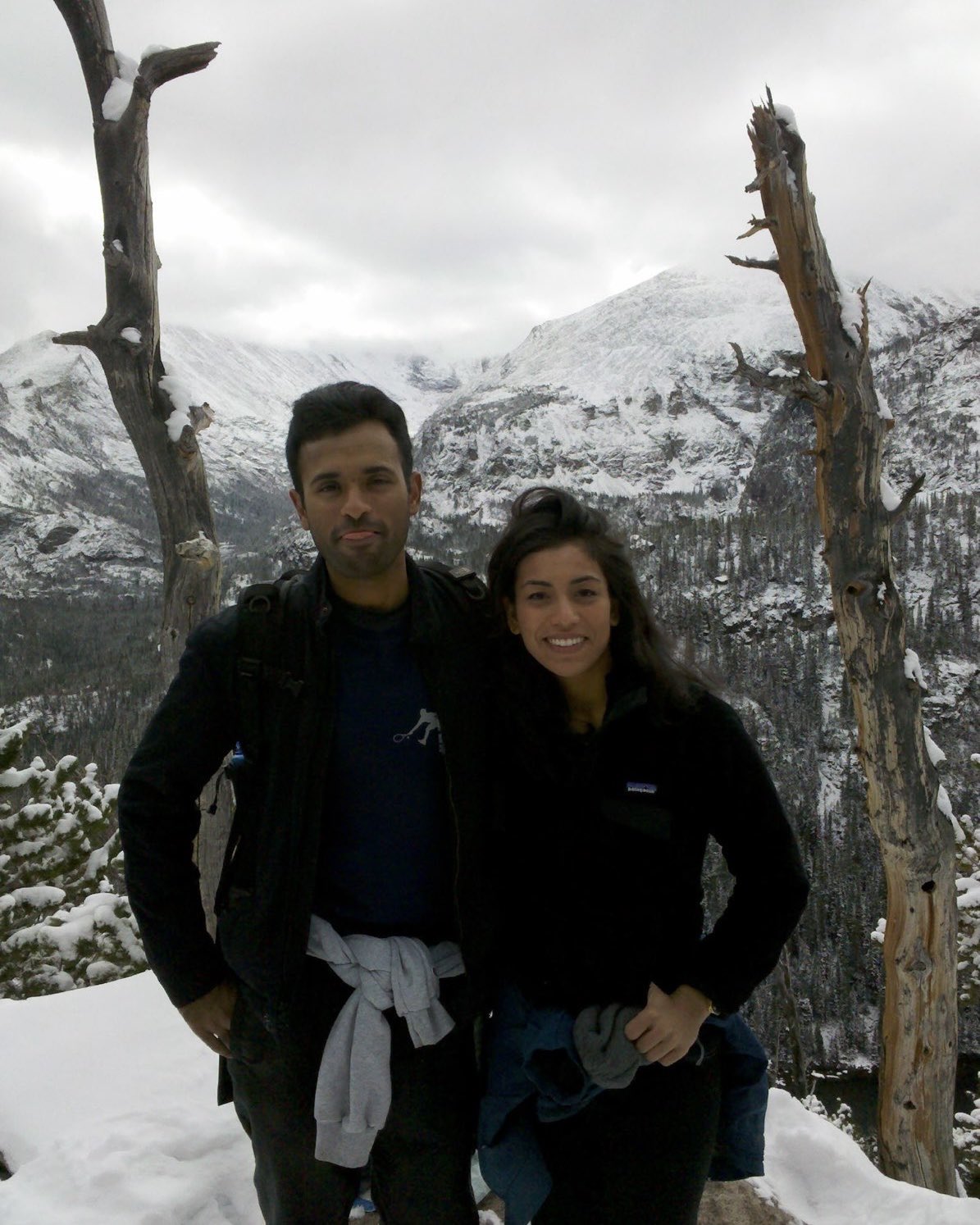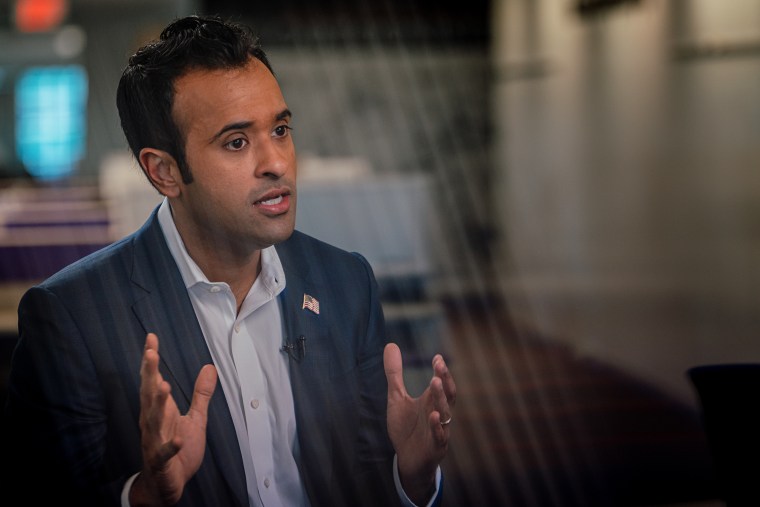That, actually, is a really nice tweet.
— Paramendra Kumar Bhagat (@paramendra) May 26, 2025
Five-Year Roadmap for Ohio: Transforming into the "Estonia of the Midwest" through Tech-Driven Governance
- Fiscal Year 2024-2025 Budget: Ohio's biennial budget for FY 2024-2025 totals approximately $86 billion, with the General Revenue Fund (GRF) at $39.6 billion for FY 2024 and $40.5 billion for FY 2025.
- Revenue Sources: Key sources include sales tax ($13 billion annually), personal income tax ($10 billion), and federal funds (~$15 billion). Property taxes, while significant for local governments, are not a direct state revenue source but impact Ohioans' cost of living.
- Expenditures: Major categories include education ($14 billion), Medicaid ($18 billion), and general government operations (~$5 billion).
- Constraints: Ohio's constitution requires a balanced budget, and debt service limits flexibility. Economic growth is needed to expand revenue without tax hikes, aligning with Republican priorities.
- 1. Launch "Ohio Digital Backbone"
- Action: Develop a unified, secure cloud-based platform for state services (e.g., licensing, tax filing, benefits applications), modeled on Estonia's X-Road data exchange system.
- Tech: Use open-source software and public-private partnerships (PPPs) with Ohio-based tech firms to keep costs low.
- Cost: $50 million (initial investment), funded by reallocating $30 million from redundant IT systems and $20 million from federal tech grants.
- Impact: Cuts administrative costs by 10% ($500 million annually) by reducing paper-based processes and staff overhead. Citizens access services 24/7 online, boosting responsiveness.
- 2. Data-Driven Governance Portal
- Action: Create a public dashboard for real-time state budget, spending, and performance metrics, ensuring transparency and data-driven decisions.
- Tech: Leverage AI and big data analytics to track outcomes (e.g., job creation, education results) without ideological bias.
- Cost: $10 million, funded by existing IT budget reallocation.
- Impact: Empowers citizens and policymakers to prioritize results over politics, building trust and agility.
- 3. Downsize Bureaucracy
- Action: Audit state agencies for overlap, automating routine tasks (e.g., payroll, procurement) via AI and robotic process automation (RPA).
- Cost: $5 million for audit and software, offset by $200 million in annual savings from reduced staffing and inefficiencies.
- Impact: Shrinks government footprint, aligning with Republican values, while improving service delivery speed.
- 1. Expand e-Services
- Action: Roll out mobile apps for all state services (e.g., DMV, unemployment, Medicaid), with digital IDs for secure access, mirroring Estonia's e-ID system.
- Tech: Partner with Ohio tech startups to build apps, fostering local innovation.
- Cost: $20 million, funded by Year 1 savings.
- Impact: 80% of state interactions go online, saving $100 million annually in administrative costs and reducing wait times from weeks to minutes.
- 2. Tech Workforce Pipeline
- Action: Launch "Ohio Tech Talent" program, partnering with universities (e.g., Ohio State) and companies to train 10,000 Ohioans in coding, cybersecurity, and data science.
- Cost: $30 million, split between state ($15 million from education budget) and private sector contributions.
- Impact: Creates a skilled workforce, attracting tech firms and positioning Ohio as a Midwest innovation hub.
- 3. Data-Driven Policy Lab
- Action: Establish a lab to test policies (e.g., tax cuts, education reforms) using AI simulations and real-time data, avoiding ideological blind spots.
- Cost: $15 million, funded by federal innovation grants and Year 1 savings.
- Impact: Policies are evidence-based, maximizing bang for the buck (e.g., optimizing Medicaid spending to save $300 million).
- 1. "Ohio Innovation Zones"
- Action: Create tax-free zones in cities like Columbus, Cleveland, and Cincinnati for tech startups (e.g., AI, biotech, clean energy), inspired by Estonia's business-friendly model.
- Cost: $50 million in tax incentives, offset by $150 million in projected new business revenue by Year 5.
- Impact: Attracts 500 new companies, creating 20,000 jobs and boosting GRF through sales and payroll taxes.
- 2. Blockchain for Transparency
- Action: Implement blockchain for secure, transparent tracking of state contracts, permits, and land records, reducing fraud and red tape.
- Tech: Partner with Ohio blockchain startups for implementation.
- Cost: $10 million, funded by savings from Year 1 and 2.
- Impact: Cuts fraud costs by $50 million annually, builds trust, and draws tech firms with a modern business climate.
- 3. Broadband Expansion
- Action: Extend high-speed internet to rural Ohio, partnering with private providers to bridge the digital divide.
- Cost: $100 million, with $50 million from federal funds and $50 million from state budget (reallocated from inefficiencies).
- Impact: Enables remote work and tech startups statewide, positioning Ohio as a connected, innovative hub.
- 1. AI-Driven Budget Optimization
- Action: Use AI to analyze spending patterns, identifying further cuts (e.g., redundant programs) and optimizing allocations (e.g., education, infrastructure).
- Cost: $5 million, funded by prior savings.
- Impact: Saves $400 million annually, respecting budget constraints, and funds tax relief or innovation investments.
- 2. Scale Innovation Zones
- Action: Expand zones to smaller cities (e.g., Dayton, Toledo), offering grants for AI, biotech, and green tech startups.
- Cost: $30 million, funded by increased tax revenue from Year 3.
- Impact: 1,000 new companies, 50,000 jobs, cementing Ohio as the "Estonia of the Midwest."
- 3. Policy Innovation Showcase
- Action: Publish data-driven results from the Policy Lab (e.g., merit-based teacher pay outcomes), inviting public feedback to refine reforms.
- Cost: $5 million, from existing budget.
- Impact: Demonstrates commitment to results over ideology, boosting agility and public trust.
- 1. "Ohio Tech Summit"
- Action: Host an annual global summit to showcase Ohio’s tech ecosystem, attracting investors and firms.
- Cost: $10 million, funded by private sponsorships and state revenue growth.
- Impact: Positions Ohio as a global tech leader, driving $1 billion in investment.
- 2. Zero Income Tax Push
- Action: Phase out state income tax, using cumulative savings ($1.5 billion over 5 years) and new revenue from economic growth.
- Cost: Revenue-neutral by Year 5, with sales tax and business growth offsetting losses.
- Impact: Makes Ohio a magnet for talent and companies, fulfilling a Republican promise.
- 3. Agile Government Model
- Action: Codify tech-driven processes (e.g., e-services, AI budgeting) into law, ensuring a lean, responsive state government.
- Cost: $5 million for legislative support, from savings.
- Impact: Ohio becomes a model for data-driven, efficient governance, rivaling Estonia.
- Total Investment: ~$250 million over 5 years, funded by:
- Savings from efficiency: $1.5 billion (e.g., $500M Year 1, $400M Year 4).
- Federal grants: $70 million (tech, broadband).
- PPPs and private funds: $30 million.
- Revenue Growth: $150M by Year 3, $500M by Year 5 from new businesses, jobs.
- Net Impact: Cost-neutral, with surplus by Year 5 for tax relief or reinvestment.
- Bang for Buck: Every $1 invested yields $6 in savings, jobs, and growth by Year 5.
- Republican Appeal: Emphasize downsizing government (e.g., $1.5 billion in savings), tax cuts (zero income tax goal), and business-friendly policies—core GOP values. Rally voters with "Ohio: Lean, Mean, and Innovative."
- Independent Appeal: Highlight data-driven governance, transparency (e.g., public dashboard), and results over ideology, winning moderates tired of partisan gridlock.
- Youth and Business Vote: Pitch Innovation Zones and tech training as a future for young Ohioans and entrepreneurs, creating buzz and turnout.
- Rural Support: Broadband expansion shows commitment to all Ohioans, countering urban bias critiques.
- Tangible Vision: Early wins (e.g., e-services, cost savings) by 2026 prove Ramaswamy delivers, building trust. Contrast with opponents: "I’m not just talk—I’m tech, results, and Ohio’s future."
- Mandate: A clear, bold plan—turning Ohio into the "Estonia of the Midwest"—galvanizes voters, framing Ramaswamy as a transformative leader, not a politician, securing a strong mandate to execute this vision.
- Estonia Inspiration: Estonia’s e-governance (99% of services online, X-Road, e-ID) cut costs, boosted trust, and fueled tech growth. Ohio can replicate this with its 11.8 million population and industrial base, leveraging tech to shrink government and spark innovation.
- Budget Fit: Investments are modest ($250M over 5 years) vs. a $40B annual GRF, offset by savings and growth, respecting Ohio’s balanced-budget mandate.
- Innovation Hub: Tax-free zones, broadband, and talent programs attract AI, biotech, and green tech firms, diversifying Ohio’s economy beyond manufacturing.
- Data-Driven Edge: AI and analytics ensure policies maximize impact (e.g., Medicaid savings, education outcomes), avoiding ideological traps and delivering results.
- Scalability: Starts small (Year 1: $65M), scales with savings and revenue, proving fiscal responsibility and big vision.
Vivek For Ohio https://t.co/iHi3k2vmJQ
— Paramendra Kumar Bhagat (@paramendra) June 4, 2025
Trying something new, I decided to write a song in ENGLISH 😉 and set it to music with @SunoMusic
— Mitra Hispana (@MitraHispana) June 4, 2025
Inspired in no small part by Tolkien, I call it “The Black Dragon” and hope you like it! We all have our own dragons to face.
Lyrics are mine.https://t.co/N5kMGShidI pic.twitter.com/VJ9XeWsQA6
Weekend ♥️ pic.twitter.com/BXcOLaEls5
— Jack Dorsey_Official_Chat (@jackDorsey_chat) May 31, 2025
Delegation rule number 1:
— Shawn Chauhan (@shawnchauhan1) June 4, 2025
"The Skunk Works manager must be delegated practically complete control of his program in all aspects"
What did he mean by this? pic.twitter.com/JOMvyJk2Lw
At its core, this principle reflects a profound understanding of how breakthrough innovation actually happens.
— Shawn Chauhan (@shawnchauhan1) June 4, 2025
Not through micromanagement, but through creating an environment of radical trust and autonomy.
Richard Branson does this but why does this work so well? pic.twitter.com/9jaMMF8dCO
(i) Cognitive Sovereignty:
— Shawn Chauhan (@shawnchauhan1) June 4, 2025
Kelly knew that innovative thinking requires psychological safety and freedom from constant second-guessing.
When leaders are perpetually looking over their shoulders, creative problem-solving becomes defensive rather than bold and transformative.
(ii) Accountability through Empowerment:
— Shawn Chauhan (@shawnchauhan1) June 4, 2025
Paradoxically, total control comes with total responsibility.
"The manager should only report to a division president or higher" pic.twitter.com/O4ocVNQq9s
(iii) Organizational Friction:
— Shawn Chauhan (@shawnchauhan1) June 4, 2025
Traditional corporate structures are filled with layers of approval, committees, and bureaucratic processes.
Kelly's principle was an organizational bypass mechanism that created an environment for fast iteration and unconventional thinking.
Think of this as a flat organization instead of a hierarchal one.
— Shawn Chauhan (@shawnchauhan1) June 4, 2025
A flat organization leads to:
• Adaptability
• Faster decision-making
• Improved communication
• Stronger team collaboration
• Greater employee autonomy pic.twitter.com/qA7XEJLnhN
(iv) Talent Attraction and Retention:
— Shawn Chauhan (@shawnchauhan1) June 4, 2025
This management philosophy signals to exceptional talent that their creativity and problem-solving skills will be respected.
It attracts individuals who are intrinsically motivated and self-directed.
This is what Jensen has done for himself and the entire company.
— Shawn Chauhan (@shawnchauhan1) June 4, 2025
He's made it his mission to build a space where individuals can engage in work that resonates with their innermost purpose.
So, they can actualize their full potential and do their life's work. pic.twitter.com/9Uym3aeLBX
I went to Berea College.
— Paramendra Kumar Bhagat (@paramendra) June 4, 2025




No comments:
Post a Comment